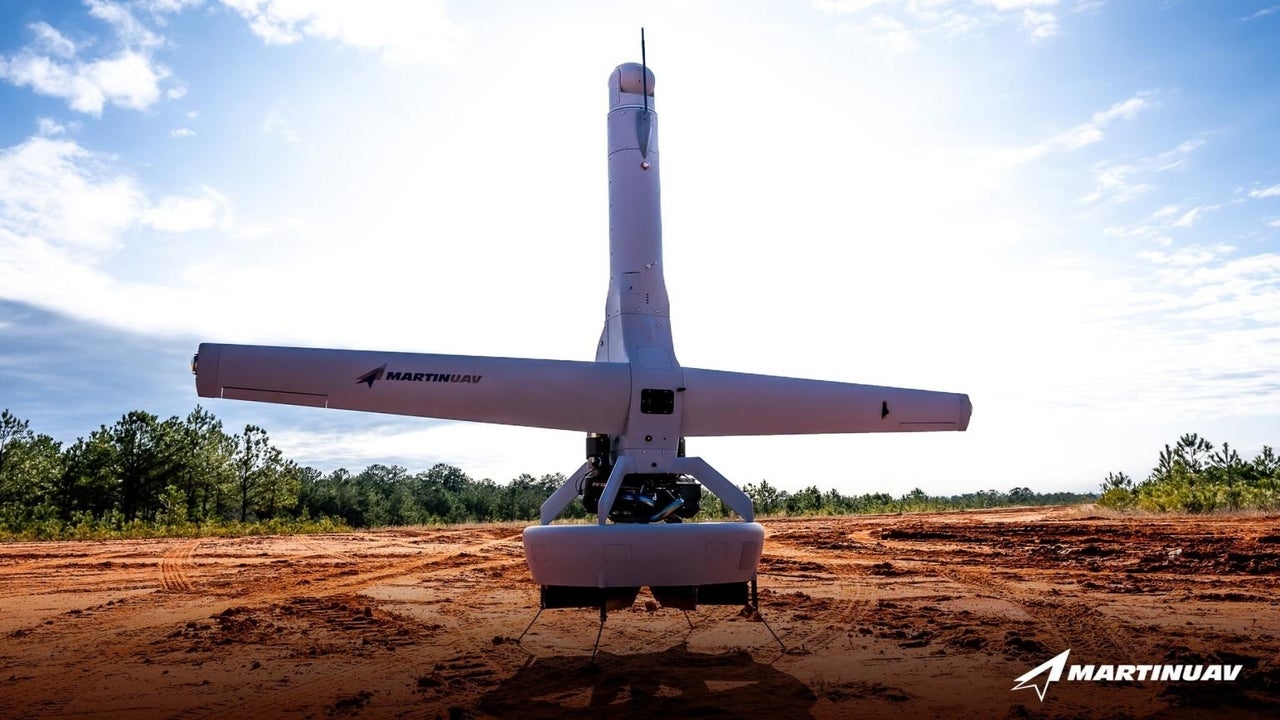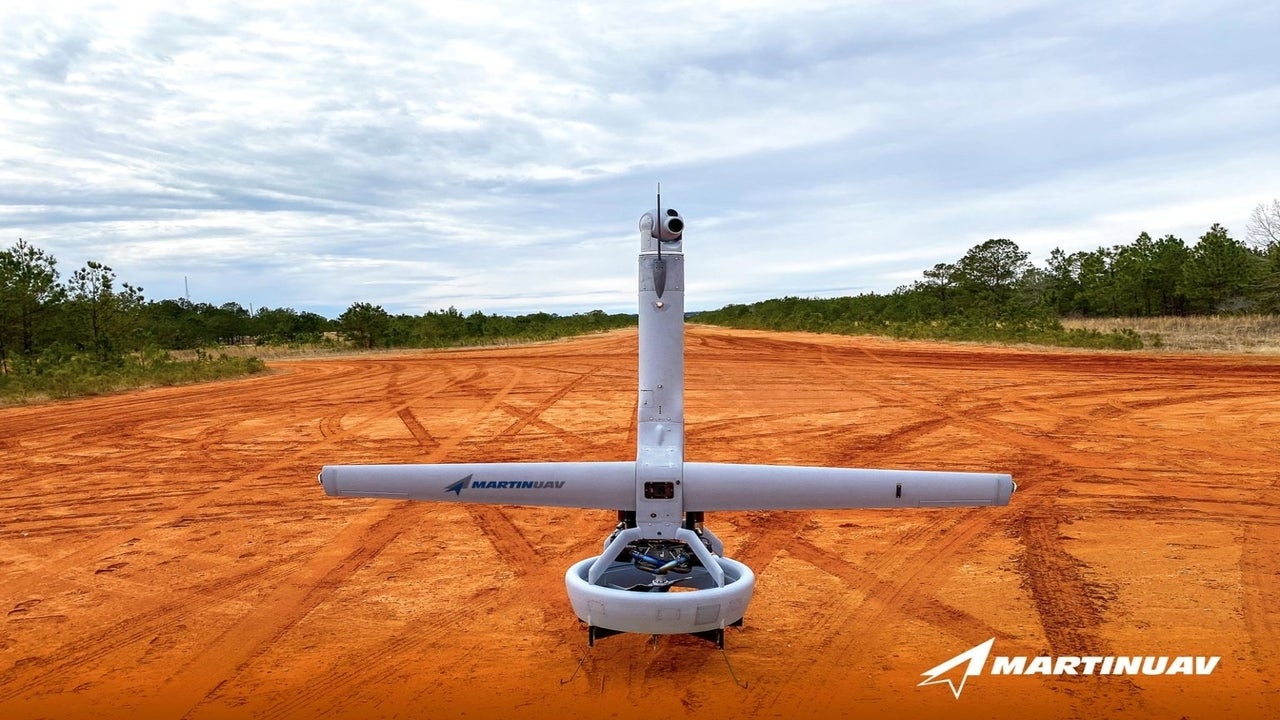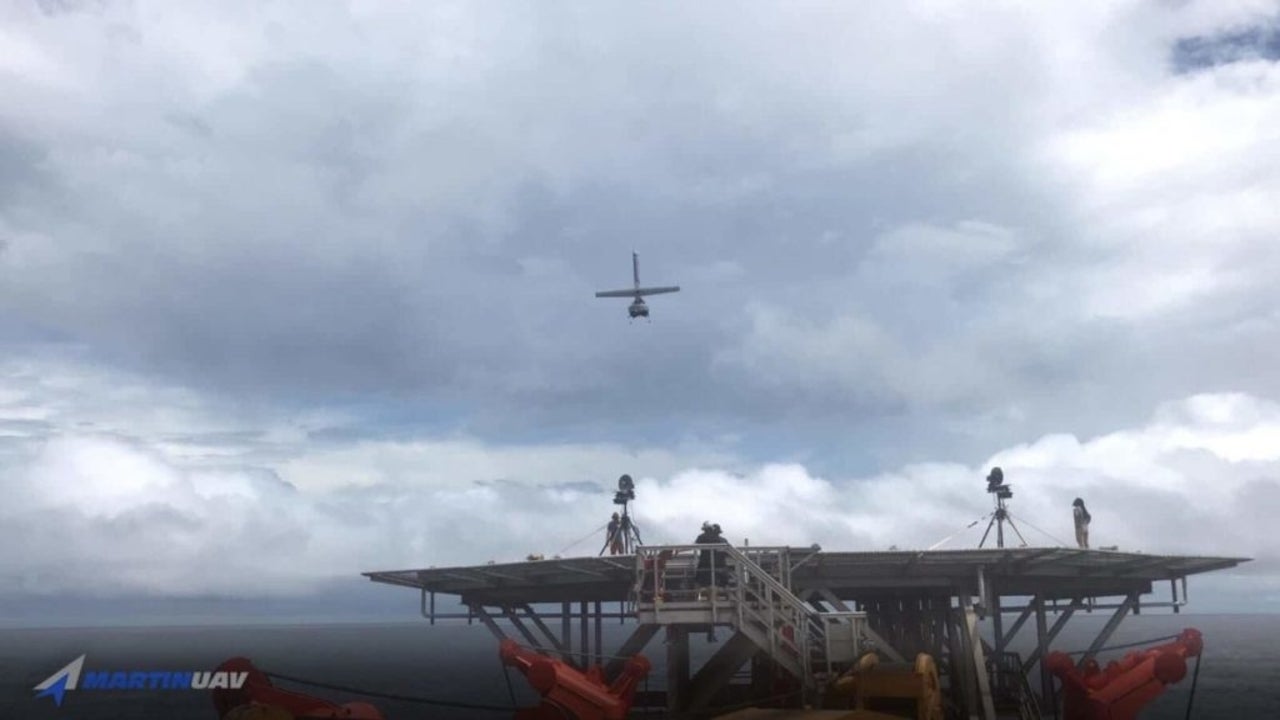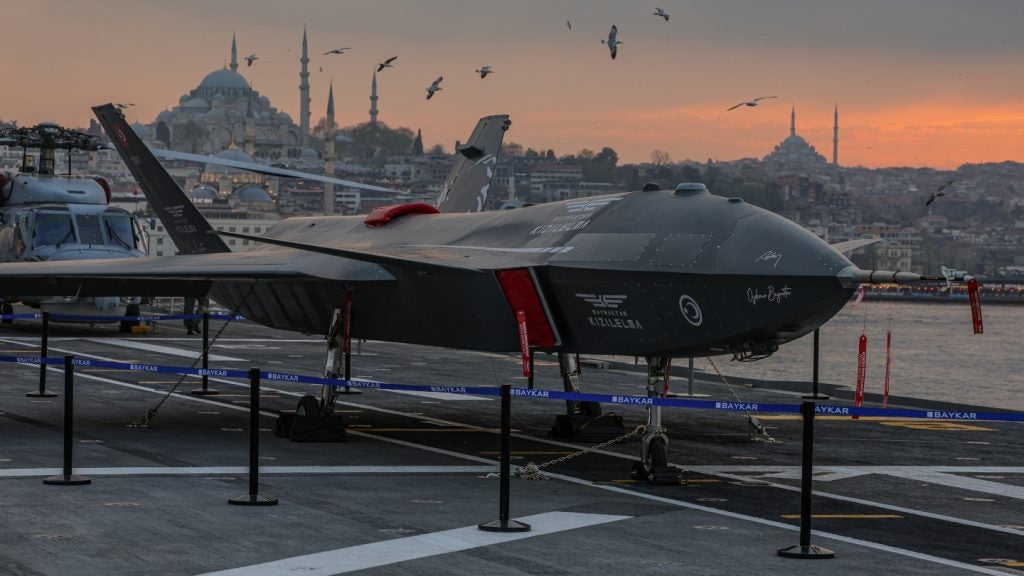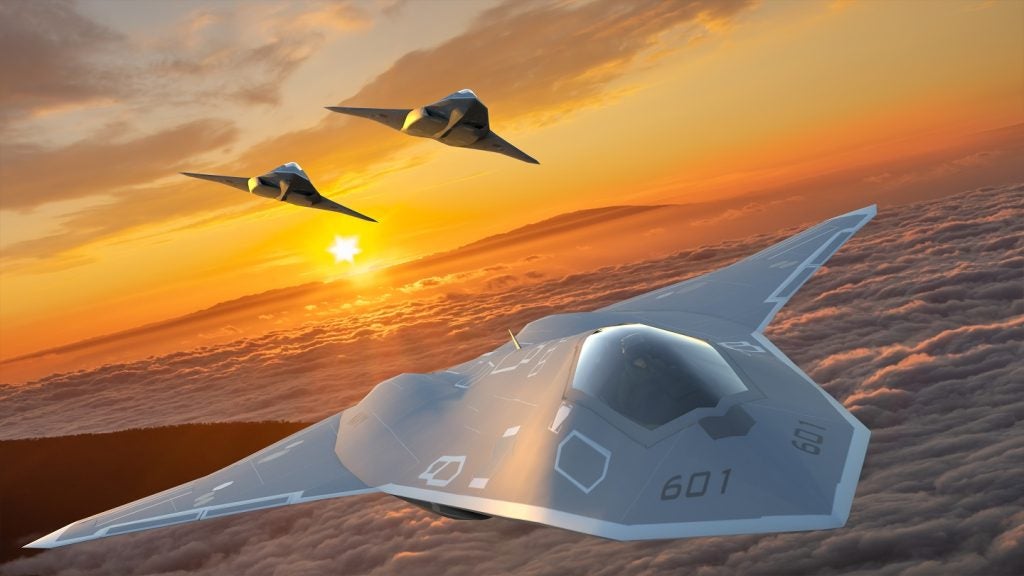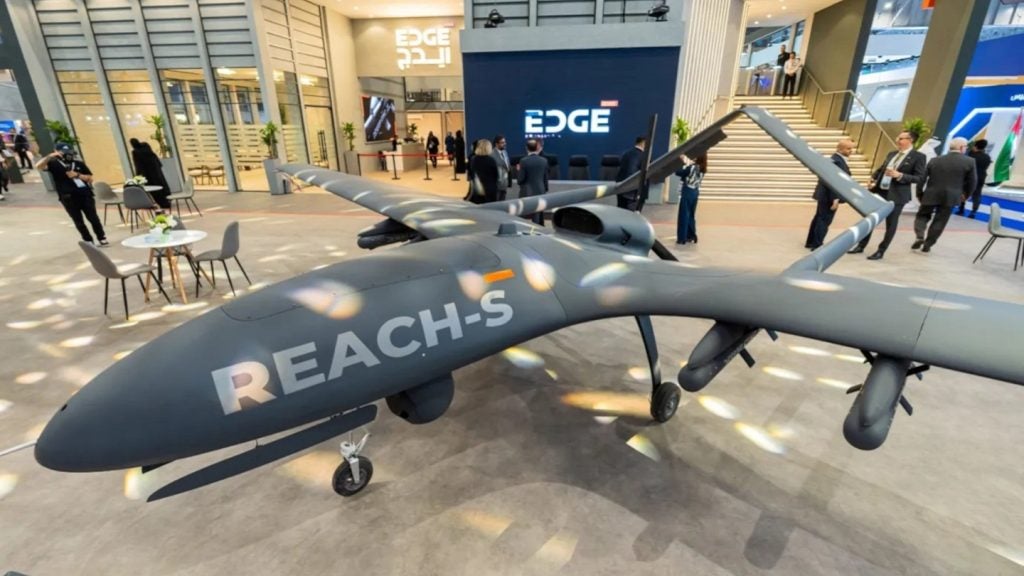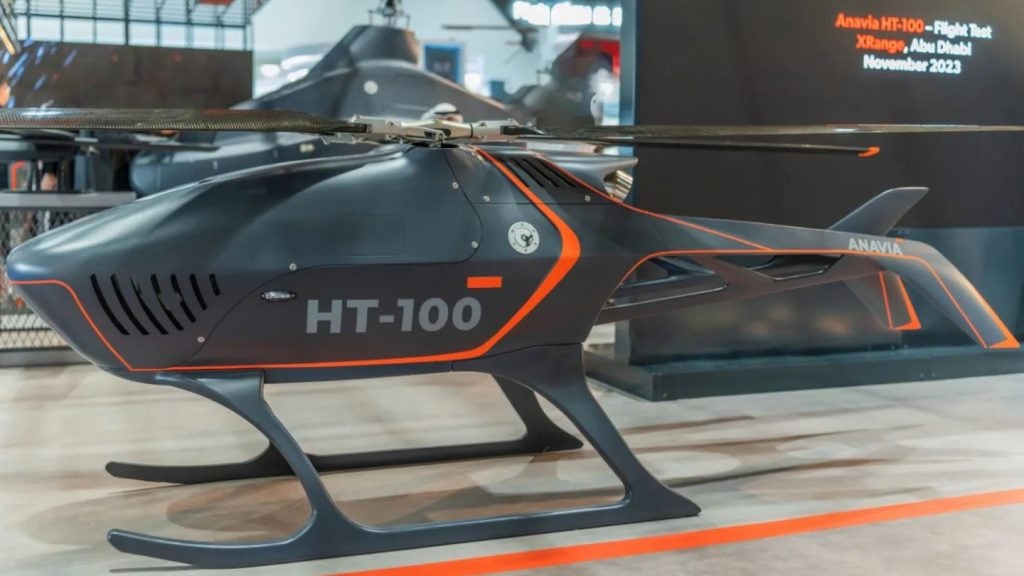The V-BAT 128 unmanned aircraft system (UAS) is an upgraded version of V-BAT vertical take-off and landing (VTOL) UAS manufactured by Martin UAV, a US-based advanced aviation technology company. The new aircraft offers increased payload capacity and endurance compared to its predecessor.
In February 2021, the unmanned aircraft was demonstrated to the Army Expeditionary Warrior Experiment (AEWE) at Fort Benning in Georgia, US. AEWE assesses a range of new technologies for the US Army modernisation efforts, including the Army’s six modernisation priorities.
The V-BAT 128 VTOL drone can be used in defence and commercial applications such as search and rescue (SAR), border security, rapid tactical deployment, firefighting and disaster management, transportation, logistic resupply, infrastructure protection and security and energy and oil and gas operations.
Design and features of V-BAT 128 UAS
The V-BAT 128 unmanned aircraft features VTOL capabilities and a small footprint, which allow for easy launch, transport and operation. The drone has a length of 2.74m and a wingspan of 2.95m. It weighs 56.6kg, including fuel and payload.
The aircraft’s assembly can be performed in less than 30 minutes by two personnel and the system can be transported and deployed by a minivan, light tactical vehicle or a helicopter such as Black Hawk.
The UAS features a single-engine ducted fan propulsion design, which eliminates the need for launch and recovery support equipment as well as exposed rotors that are commonly found in propeller-driven VTOLs.
V-BAT 128 unmanned aircraft’s launch and recovery
The unmanned aerial vehicle can switch from take-off mode to vertical hover and horizontal modes during flight. It also offers persistent stare capability throughout a given mission set while maintaining a sensor line of sight.
The unmanned aircraft can perform take-off and landing operations on both static and moving platforms in very small spaces on land with less than a 3.6mx3.6m footprint in any environment.
The V-BAT 128 UAS can operate in fully autonomous mode from launch to recovery by using automated pre-programmed flight paths while providing increased operational safety.
Payload
The V-BAT design allows users to integrate different types of interchangeable and customisable payloads and sensors based on mission needs.
With a payload capacity of 11.3kg, the V-BAT 128 unmanned aircraft can be equipped with electro-optical (EO)/mid-wave infrared (MWIR) cameras to provide long-range imaging abilities, image stabilisation and high-speed thermal imaging. The UAS transmits real-time video and imagery to its control station via a data link.
The VTOL aircraft also features an automatic identification system (AIS) as an aid for navigation and collision avoidance as well as land/maritime wide-area search (WAS) AI-based capabilities.
Propulsion and performance
The V-BAT 128 unmanned aircraft is driven by a more powerful, horizontal opposed, two-cycle, two-cylinder Suter TOA 288 engine, which can generate higher thrust than its predecessor.
The aircraft can operate at speeds over 90k and withstand temperatures ranging between -40°C and +50°C. It has a service ceiling of 6.09m and can fly for 11 hours in horizontal flight.
Martin UAV’s V-BAT drone
Founded in 2015, Martin UAV developed the V-BAT VTOL unmanned aircraft for defence, government and commercial applications.
The aircraft is runway independent and can be assembled, packed and moved within minutes. The UAS offers low acoustic signature and radar cross-section, as well as low cost of operation.
The drone is deployed in various areas of operation worldwide in support of the US Army’s Future Tactical UAS programme, US Marines and the US Southern Command’s (SOUTHCOM) enhanced counter-narcotics operation in the Eastern Pacific. It is also operational with the US Coast Guard.

